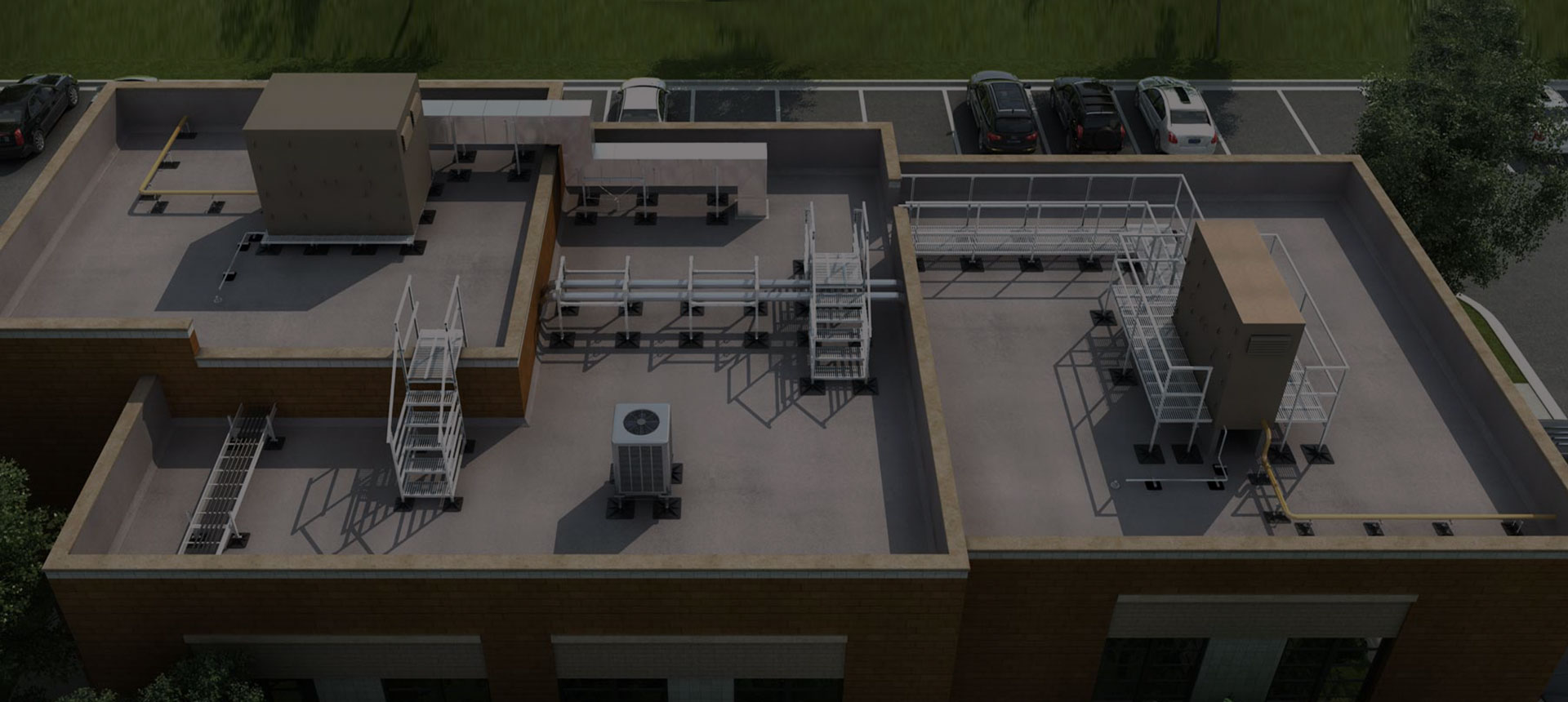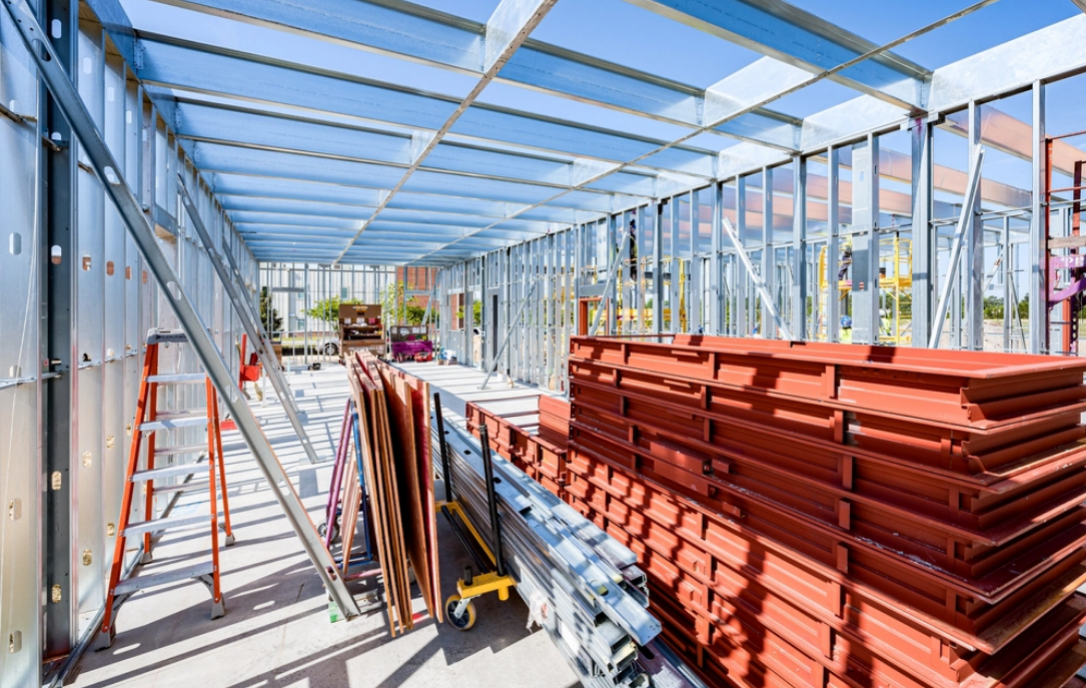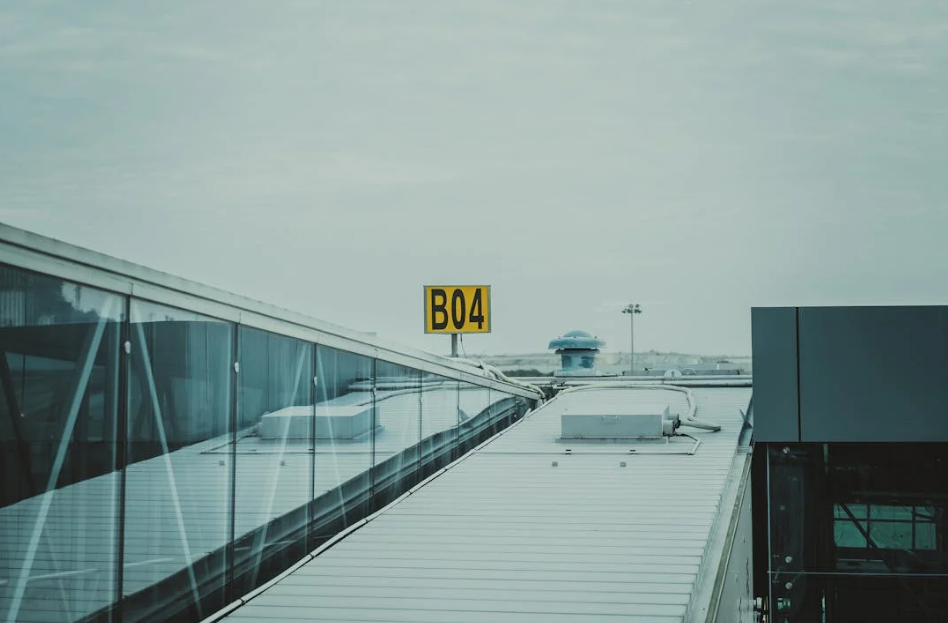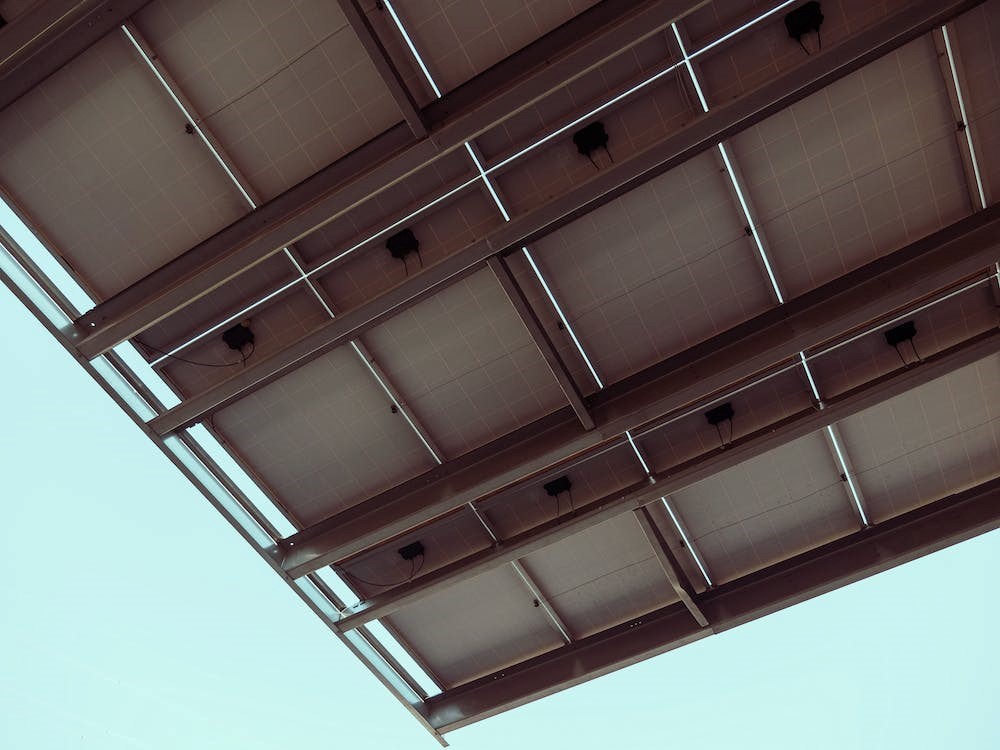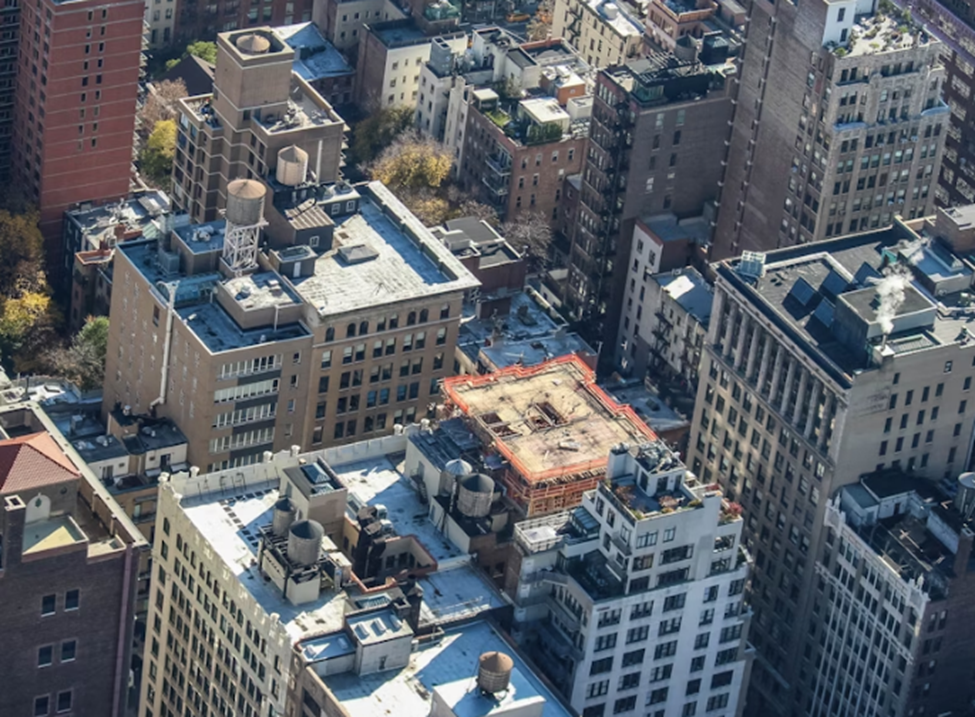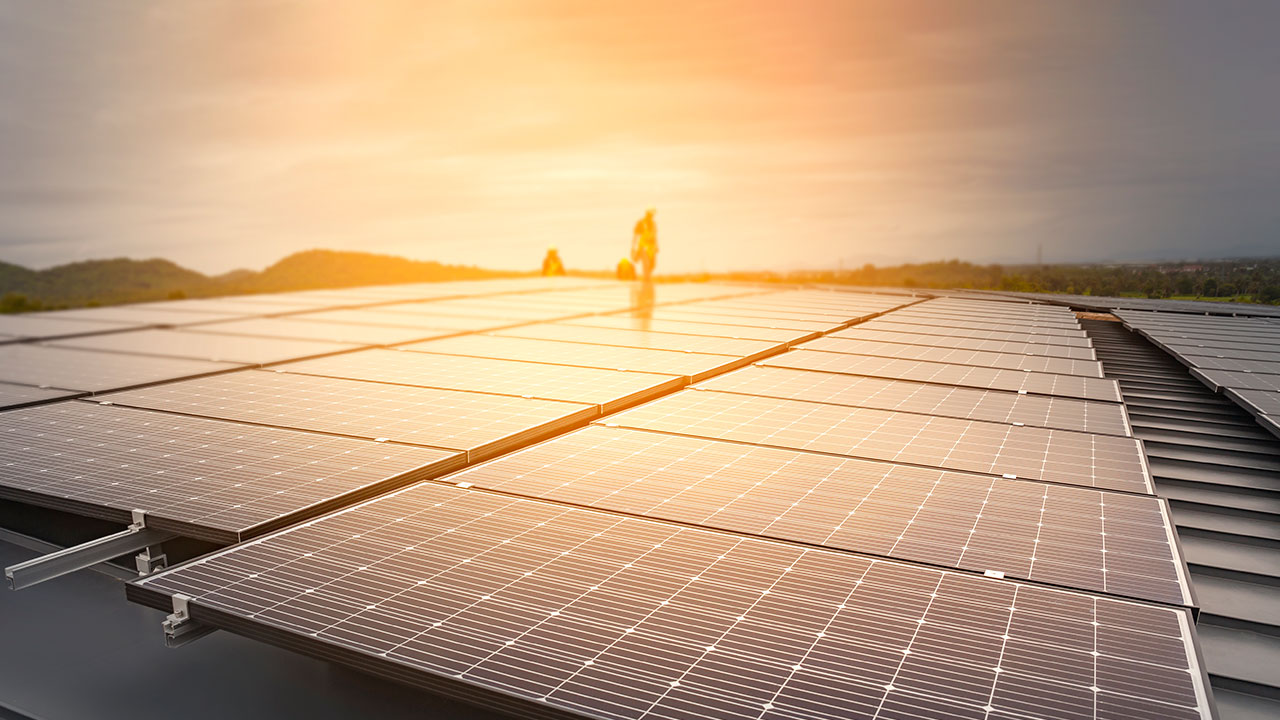According to several recent reports, the global market for modular construction is expected to reach $148.97 billion by 2028, driven by the growing demand for sustainable and efficient building solutions. This trend is particularly relevant in urban architecture, where space and efficiency are paramount. Modular roof support systems are emerging as a key innovation in this sector.
Why Modular Roof Support Systems Are the Future of Urban Architecture
Topics: Rooftop Support Engineering, Roof Architecture, Construction
Transforming Rooftops into Functional Spaces with Innovative Support Solutions
Did you know that utilizing rooftop spaces can increase a building’s usable area by up to 25%? Many use it for a rooftop garden, a pool, or simply as a party venue. Commercial rooftops, on the other hand, can serve another very crucial purpose; to safely house large equipment and outdoor units, keeping it safe from public misuse or tampering.
5 Creative Uses of Crossovers and Walkways in Modern Commercial Architecture
In modern commercial architecture, crossovers and walkways play a crucial role in enhancing safety, accessibility, and functionality. These structures provide safe passage over obstacles like pipes, ducts, and equipment, ensuring that maintenance personnel and building occupants can work on rooftops and industrial spaces without risk.
Topics: Roof Architecture
The Architectural Anatomy & Aesthetics of Commercial Roofing
When it comes to commercial buildings, the roof is an essential element that often goes unnoticed. We tend to focus on the interior design and functionality of a building, but neglecting the importance of its structural integrity can lead to costly consequences. As architects and builders know too well, a strong and durable roof is crucial for any commercial building. It not only protects the occupants from harsh weather conditions but also plays a significant role in enhancing the overall aesthetics of the structure.
Topics: Rooftop Support Engineering, Roof Architecture, Roofing Industry
Bespoke Solar Solutions: PHP Systems' Signature Approach to Sustainable Roofing
When it comes to commercial roofing, the pursuit of sustainability has evolved beyond mere environmental responsibility. It has evolved into a strategic investment with multifaceted benefits. Traditional roofing materials, with a lifespan of around 20 years, pale in comparison to the longevity and cost-effectiveness offered by eco-friendly alternatives.
Topics: Roof Architecture, Construction, Roofing Industry
As utility costs and the focus on green energy solutions increase, businesses need to update their buildings to consume less and less energy. Solar panels stand as a great way to accomplish this objective. However, commercial and industrial buildings need to remain compliant with strict regulations and codes while updating their property.
Topics: Roof Architecture, Roofing Industry
LEED stands for Leadership in Energy and Environmental Design. LEED certification is one of the most respected and frequently used building rating systems in the world. To become LEED certified, a building must meet standards for efficiency and healthy construction.
Topics: Roof Architecture
An article from the Yale School of the Environment published in 2020 revealed that just 3.5 percent of commercial buildings in the United States have solar panels installed, while an additional one percent of commercial buildings have solar panels off-site. Some buildings are not suitable for solar power, either because they are too small or just don't need enough electricity to make solar panel investment financially efficient. However, the report revealed that about 70 percent of commercial buildings in the United States would be eligible for solar panels.
Topics: Installation Tips, Roof Architecture
2021 and Beyond: Increasing Demand for Sustainable Roof Products
As we move into the future, the need to become more energy efficient becomes imperative for all companies. Whether renovating an existing building or designing a new one, building owners and managers must consider sustainability when designing rooftops and choosing rooftop equipment.
Topics: Roof Architecture
The Cost of Doing Nothing: Why Rooftop Equipment Needs Planning
While storing equipment on the rooftop is a simple way to save interior space, many facility managers fail to effectively plan the layout and functionality, leading to issues down the road. Your responsibility is to make informed design choices about the layout of roof equipment. Planning at the outset helps you create a layout that is more functional, aesthetically pleasing, and cost-efficient. Utilizing rooftop access systems will help you create a design that makes sense.
Topics: Installation Tips, Roof Architecture


